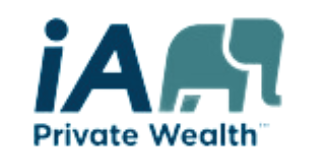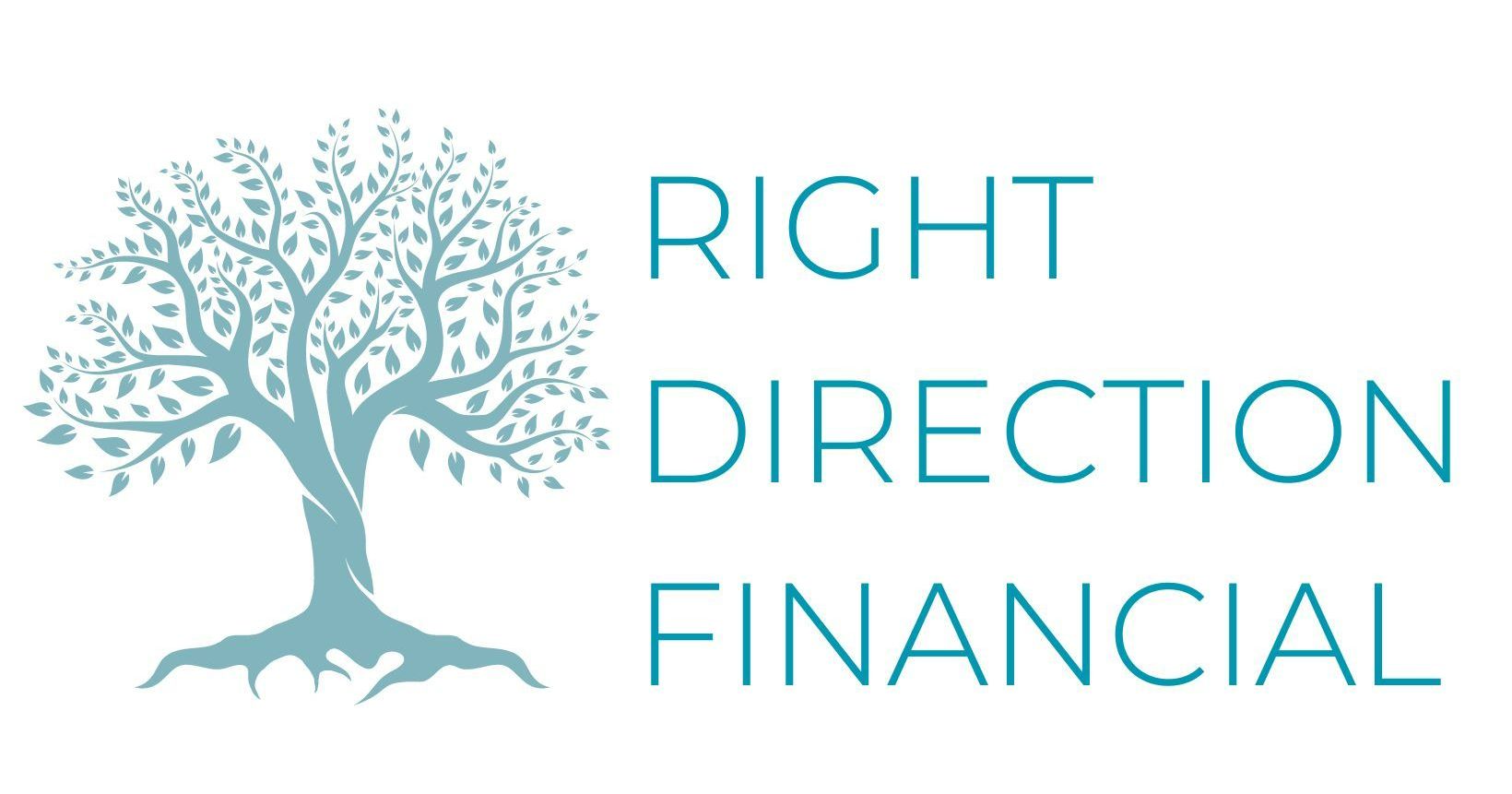Highway or Scenic Route? How Public and Private Investments Take You to the Same Goal
Private vs. Public Investments: Same Destination, Different Roads
When it comes to building a strong investment portfolio, you’ve probably heard about public investments (the familiar stocks, bonds, ETFs) and maybe more recently, private investments.
Private investments — used extensively by large pension funds — include private equity, real estate projects, and private debt. We use both in our clients’ portfolios because they serve different purposes.
Think of it like travel:
- Public investments are like the main highway — open to everyone, easy to get on and off.
- Private investments are more like a scenic back road — often with more rewarding views, but you’re committing to the ride.
Let’s break it down.
1. Public Investments — The Open Highway
Public investments are traded on well-known exchanges like the TSX, NYSE, or NASDAQ.
Examples:
- Stocks — a small ownership piece of a company.
- Bonds — you lend money to governments or corporations, and they (hopefully) return it with interest.
- ETFs & Mutual Funds — bundles of investments for instant diversification.
Pros:
- Easy access — buy or sell in a day, like online shopping (without the late-night impulse buys).
- Transparent pricing — you can check prices anytime (though it’s healthier not to check 87 times a day).
- Low entry point — you don’t need a large amount to get started.
Cons:
- Volatility — prices can jump around like a toddler on a sugar rush.
- Market swings — can make even calm investors nervous.
- Emotional risk — buying high and selling low is a common (and costly) mistake.
2. Private Investments — The Scenic Back Road
Private investments aren’t traded on public exchanges, so they follow different rules.
Examples:
- Private equity — ownership in non-public companies.
- Private real estate — commercial buildings, developments, rental projects.
- Private credit/debt — lending directly to businesses or developers.
- Venture capital — backing start-ups with big potential (and big risk).
Pros:
- Potentially higher returns — sometimes the scenic road leads to a five-star resort.
- Diversification — performance often differs from public markets.
- Exclusive opportunities — access to deals not available on the open market.
Cons:
- Illiquidity — your money is tied up for years, not days.
- Higher risk — projects can fail or underperform.
- Less oversight — fewer regulations and reporting requirements.
3. How They Work Together
Think of public investments as your daily bread — reliable and always available.
Think of private investments as your specialty dessert — richer and potentially more satisfying, but best enjoyed in moderation.
A healthy portfolio can have both:
- Public investments for flexibility, liquidity, and steady income.
- Private investments for long-term growth potential and diversification.
Bottom Line:
It’s not about public vs. private — it’s about finding the right balance for your goals, time horizon, and comfort with risk.
When your portfolio has the right mix, you can enjoy the journey — whether you’re cruising the highway or soaking in the views along the scenic route.
Source: www.bloomberg.com



















